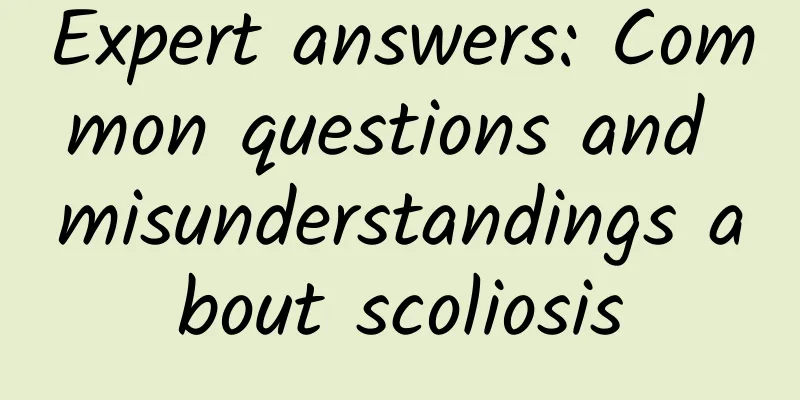What should I do if polycystic ovarian follicles do not grow?

|
Many women want to have healthy children very much, but they suffer from infertility. Polycystic ovary syndrome is one of the most common causes of female infertility. Most patients with polycystic ovary syndrome will have irregular menstruation, and some patients with more severe polycystic ovary syndrome will also experience anovulation. It is necessary to treat polycystic ovary in a timely manner, so you need to know as much as possible about the symptoms of diseases such as polycystic ovary. symptom 1. Obesity: About half of the patients have this symptom, which is related to excessive androgen, increased proportion of unbound testosterone and long-term stimulation of estrogen. 2. Menstrual disorders: oligomenorrhea, secondary amenorrhea and anovulatory functional uterine bleeding occur after menarche. 3. Bilateral ovarian enlargement: The enlargement of the ovaries can be confirmed by laparoscopic direct visualization of the ovaries or B-ultrasound imaging. 4. Hirsutism: Abundant body hair, pubic hair with male distribution, oily skin and acne are caused by the accumulation of androgens. 5. Infertility: Infertility after marriage is mainly caused by menstrual disorders and anovulation. 6. Acanthosis nigricans: Symmetrical gray-brown pigmentation, such as velvety, flaky hyperkeratotic lesions, appears on the skin of the neck, back, armpits, under the breasts and groin. Treatment of PCOS: General treatment. Patients should actively exercise, reduce the intake of high-fat and high-sugar foods, and lose weight. This can reduce androgen levels and help restore ovulation. Drug treatment. Drug treatment can counteract the effects of androgens and promote ovarian ovulation. The drugs used are mainly oral contraceptives, which can also adjust the menstrual cycle. Generally, it is taken for about 3-6 months, and the medication can be stopped after the hormone level is tested to be normal. Laparoscopic surgical treatment. If the above two methods are not effective, laparoscopic surgical treatment should be considered. In addition, patients also need to do a good job of daily life care. Paying more attention to diet in daily life is also very helpful in improving polycystic ovary syndrome. Patients can consider eating more protein-rich foods every day. Lean meat and fish are good choices. At the same time, you can also supplement some vitamins appropriately. |
<<: What is the best way to treat female anovulation?
>>: What are the reasons for small follicle development?
Recommend
Can skipping rope clear the fallopian tubes?
Rope skipping is a kind of exercise that we shoul...
What should I do if my period is delayed for more than ten days?
Menstruation is a normal physiological phenomenon...
The amount of normal vaginal discharge
Secretion is an important indicator of women'...
What are the symptoms and causes of amenorrhea?
There are many reasons for women's amenorrhea...
Morning Consult: Only 17% of American adults are interested in iPhone 8/8 Plus
199IT original compilation According to Morning C...
Is it okay not to have a follow-up check after uterine curettage?
Uterine curettage refers to the use of medical de...
A positive pregnancy test means I am pregnant.
Nowadays, if a woman's menstrual period is no...
Why do I fart smell bad during breastfeeding?
Some women will find that they have smelly farts ...
Leucorrhea is like tofu residue and has no smell
Discharge is a liquid secreted from the vagina of...
Can sweet potatoes and oranges be eaten together? What is the name of the fruit that looks like sweet potatoes?
Have you noticed that sweet potatoes and oranges ...
The temperature drops suddenly, and "diseases enter through the nose"! Are the children's little noses ready?
Taking advantage of the good weather in autumn, m...
How many months of pregnancy is it before giving birth?
Pregnancy is a big event for every woman, and it ...









